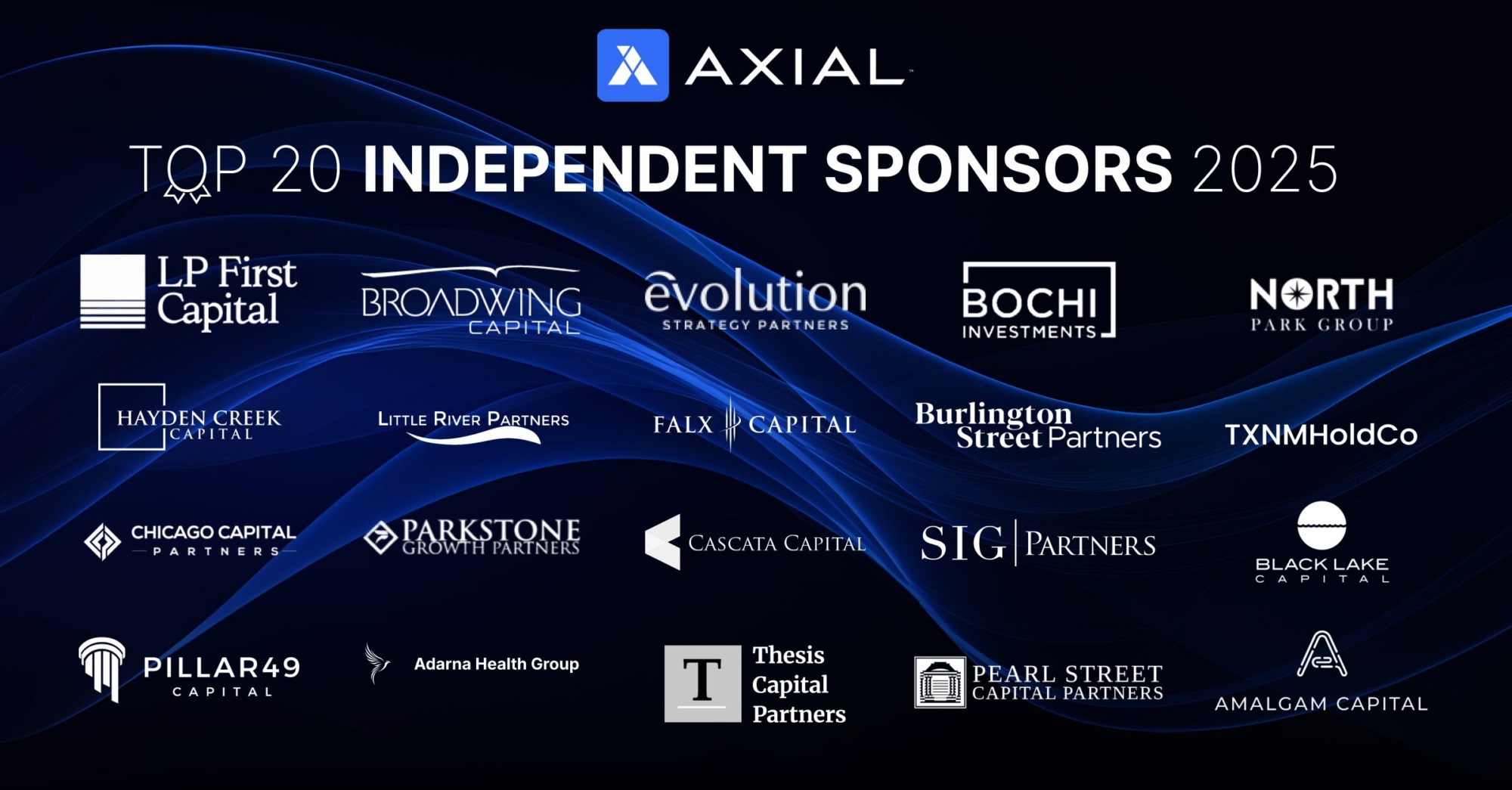
The 2025 Top 20 Independent Sponsors on Axial
We are thrilled to release the 2025 list of the Top 20 Independent Sponsors on Axial! This ranking highlights the…
With high levels of dry powder, there is more pressure than ever from LPs on fund managers to put capital to work. As a result, LPs are increasingly focused on the deal pipeline. “The market is already difficult and will likely get more difficult. Everyone wants to make sure there is ample deal flow generation,” says Kelly DePonte, managing director with Probitas Partners.
Josh Sobeck, a partner with 747 Capital, a fund of funds, says success all boils down to three things. “Private equity firms have to be able to find good businesses at great prices, do something good with them along with management while they own them, and then know when it’s time to sell. Sourcing is the first critical step and we are laser focused on how GPs source,” he says.
Enter the specialized business development professional. Over the years, private equity firms have realized that it’s far more efficient to have a dedicated person or team to cultivate relationships and find the right deal flow.
While the business development role is new for many firms, others like Audax Partners, TA Associates, and Summit Partners have employed this strategy for some time — contributing to them being commonly being counted among the more active investors by deal count, according to Pitchbook numbers.
Founded in 1968, TA Associates is one of the oldest private equity shops around. In the 1980s and 1990s, TA set up operations of people to cold call companies in search of proprietary deals. Just as recently as 10 years ago the firm was making 1,000 calls annually to potential acquisition targets — a great advantage at the time.
Today, the firm has both changed and doubled down on its strategy to account for the new landscape. TA now has more than 35 associates dedicated to finding deals by calling potential targets, but unlike before, the associates aren’t cold calling companies from conference lists. Instead, each associate focuses on a certain industry group. The associates identify the most attractive sub-sectors within the industry and the most attractive companies in that sub-sector — then call each of those businesses.
Does this work? It may not necessarily give TA an exclusive deal all the time, but it frequently puts the firm on a short list of potential buyers when the target is readying to sell.
Summit Partners was actually born out of TA in 1984 and grew up buying into the importance of proprietary deal flow. The Boston-based firm also put into place a deal sourcing method.
The key to Summit’s deal sourcing is building relationships on their own before a company is even looking for an investment or a buyer. Probitas Partners’ DePonte considers Summit a prime case study for how the dedicated business development professional can positively impact deal sourcing. “The thing is these people aren’t trying to develop a relationship with a company that is in the market now, but one that may be in the market in three or four years from now. It takes time to see the results this role brings and LPs understand that,” says DePonte. “When I was doing a detailed look at Summit they had to be in touch with a company on average for at least two years before an opportunity popped up.”
To be an effective BD professional, one needs to be immersed in the industry and accept that it takes a while to build up an effective program. Additionally, even if the business development is doing a great job, it takes more than that to earn the LPs’ respect. “The firm itself has to have a strong reputation of dealing fairly with people. Having a good BD person doesn’t mean you can automatically generate good deal flow. You need the reputation as well and LPs understand that,” says DePonte.
Additionally, even with a dedicated BD person, most LPs don’t expect that to equate to proprietary deal flow. Everyone wants it, but understands it’s unlikely today. What LPs do want to see are deals that aren’t widely shopped. “LPs like to see how a firm came to get a deal along with the documentation. They like less shopped deals. And while the past is a great indicator, LPs are also going to want to see the pipeline of new deals,” says DePonte. “Most LPs will expect that if there are 30 deals in the pipeline two to five will come to fruition and they want to see that there is a strong relationship with the targets.”
Sobeck adds that his firm recognizes that there are different ways to generate deal flow, but notes that business development people are helpful. “It’s not the only way, but it’s a proven way to find deal flow. It is also helpful when the people in that role truly understand the sectors in which the firm is focused and have knowledge,” he says.
